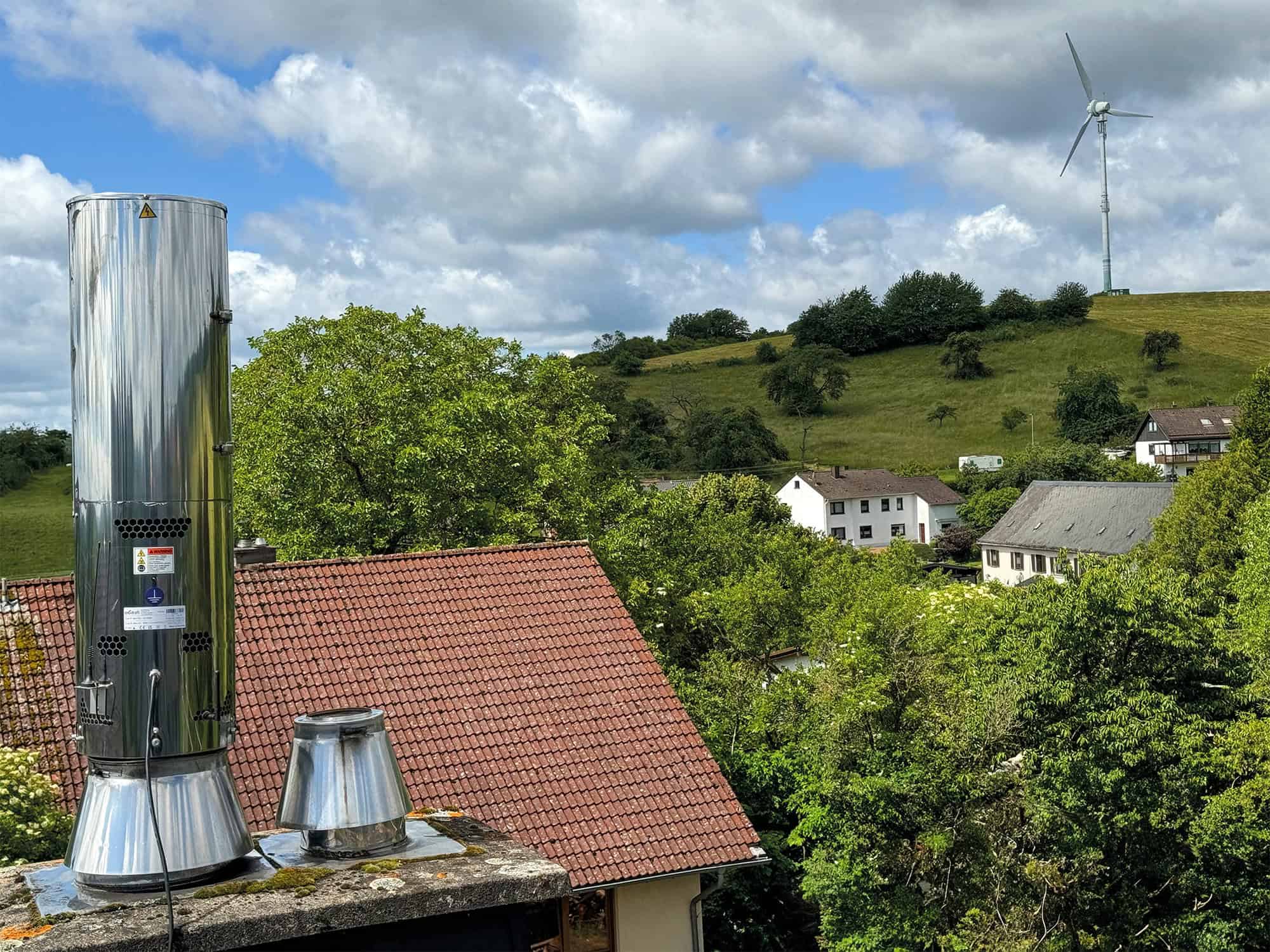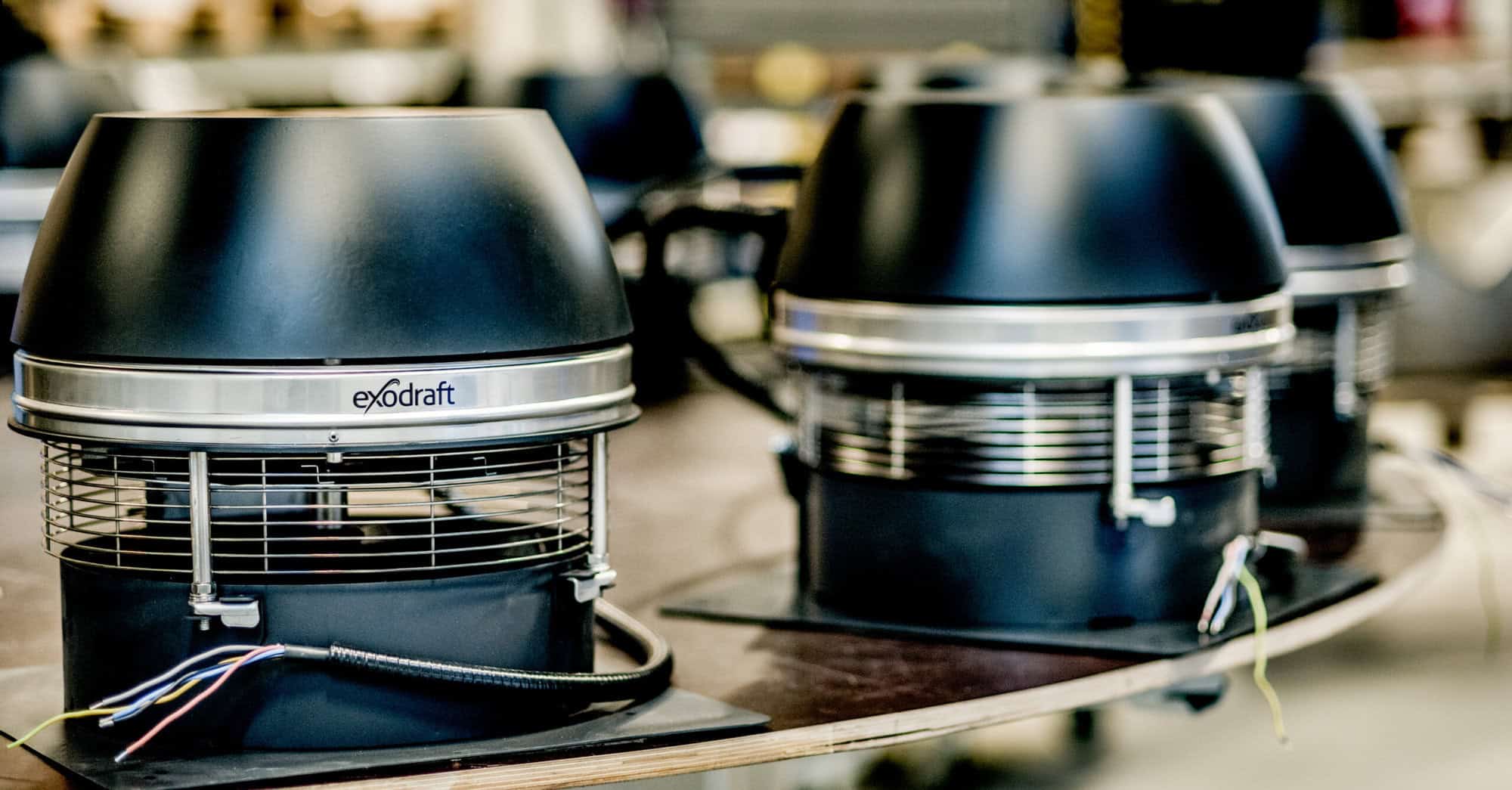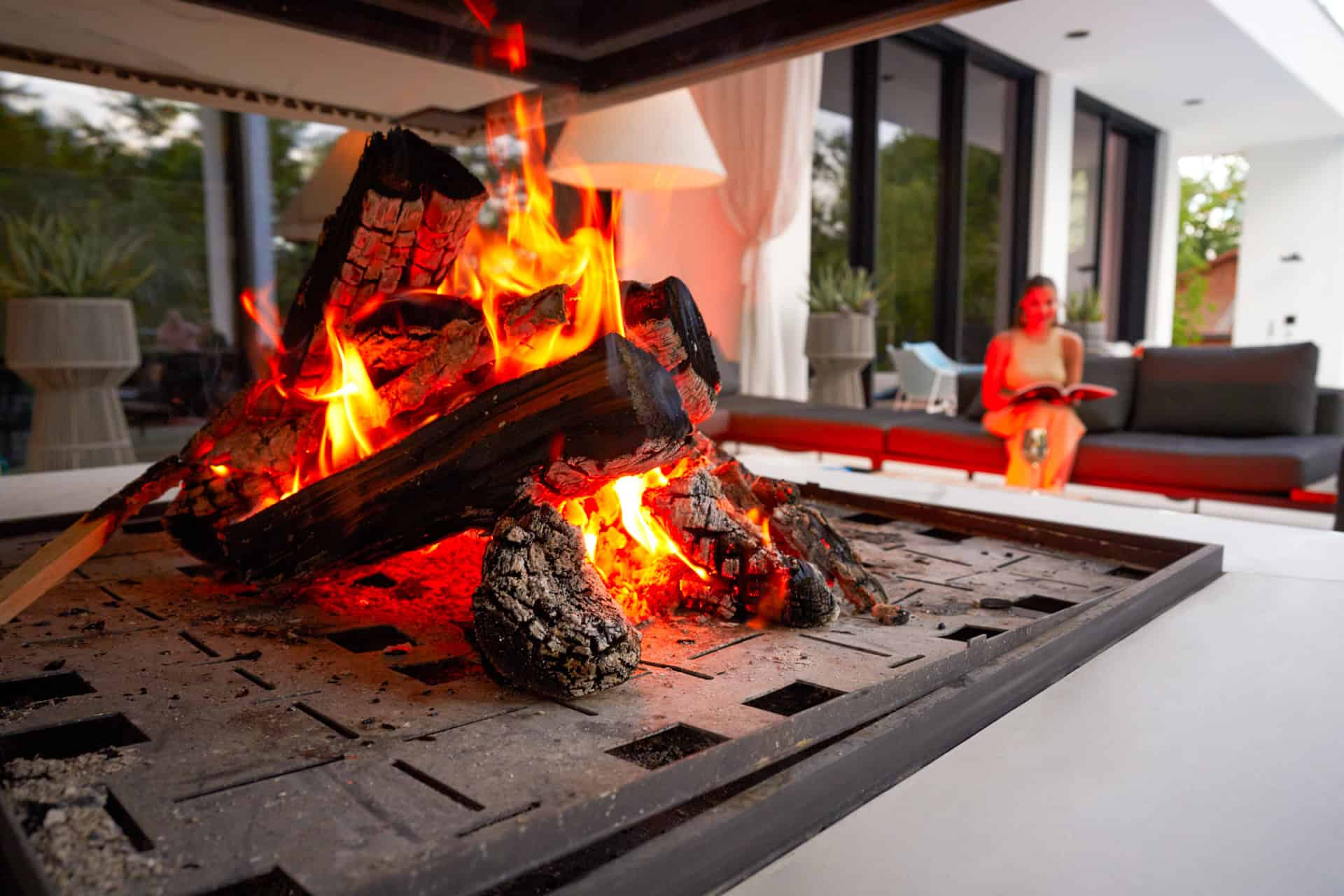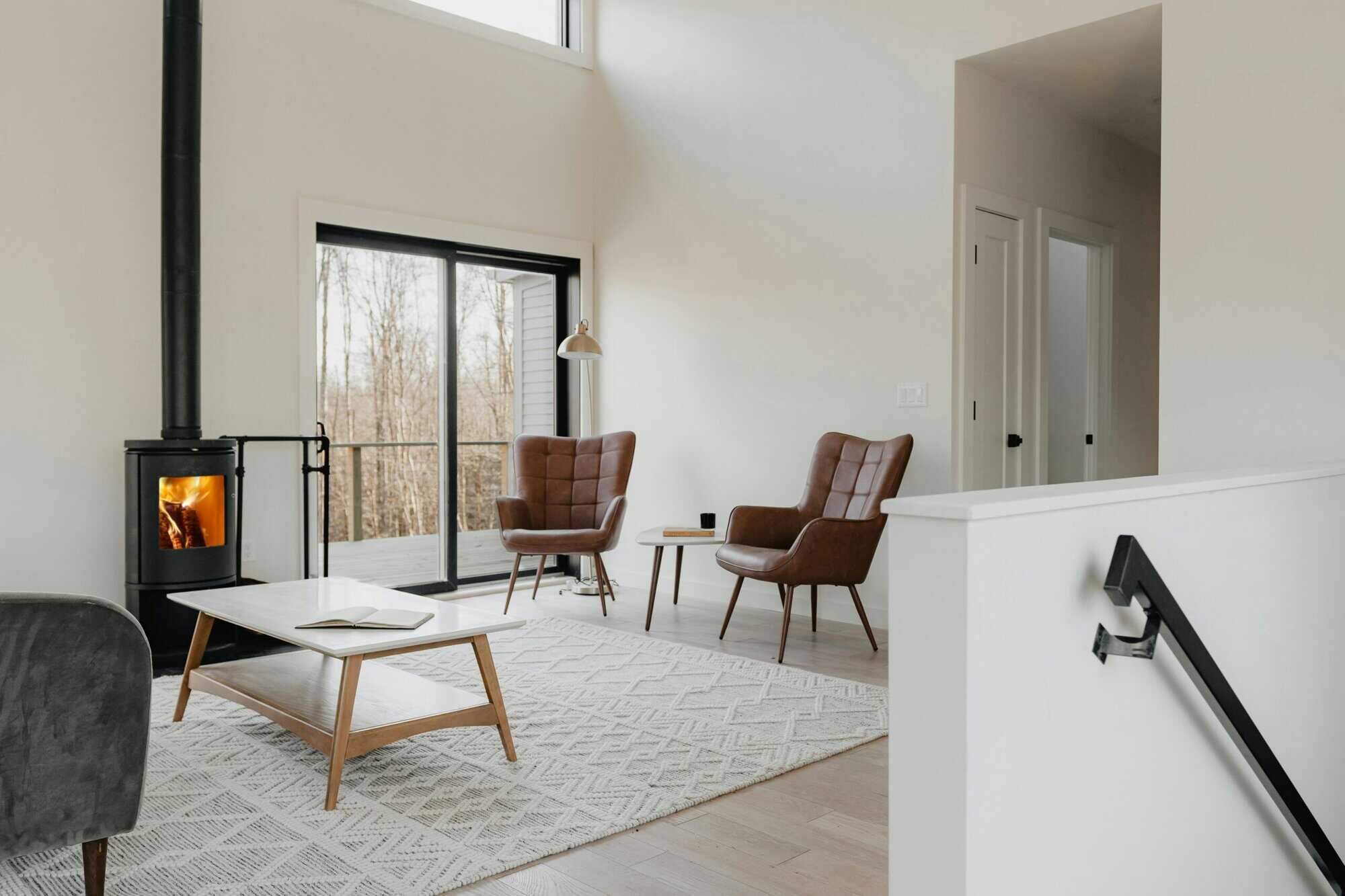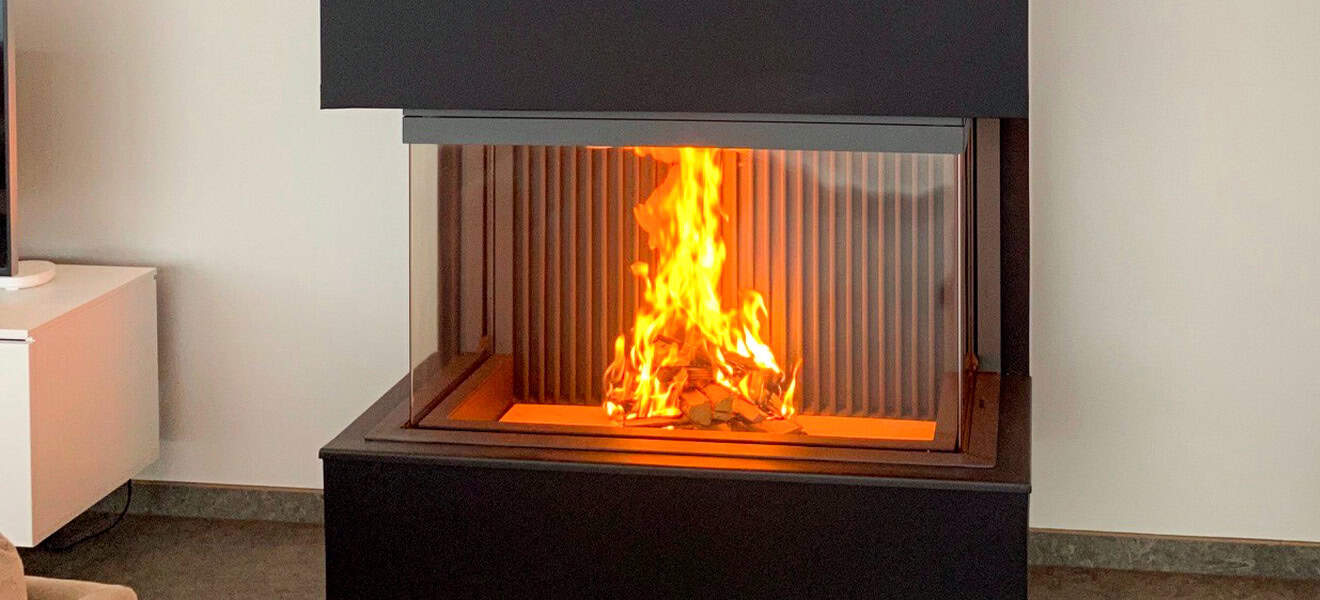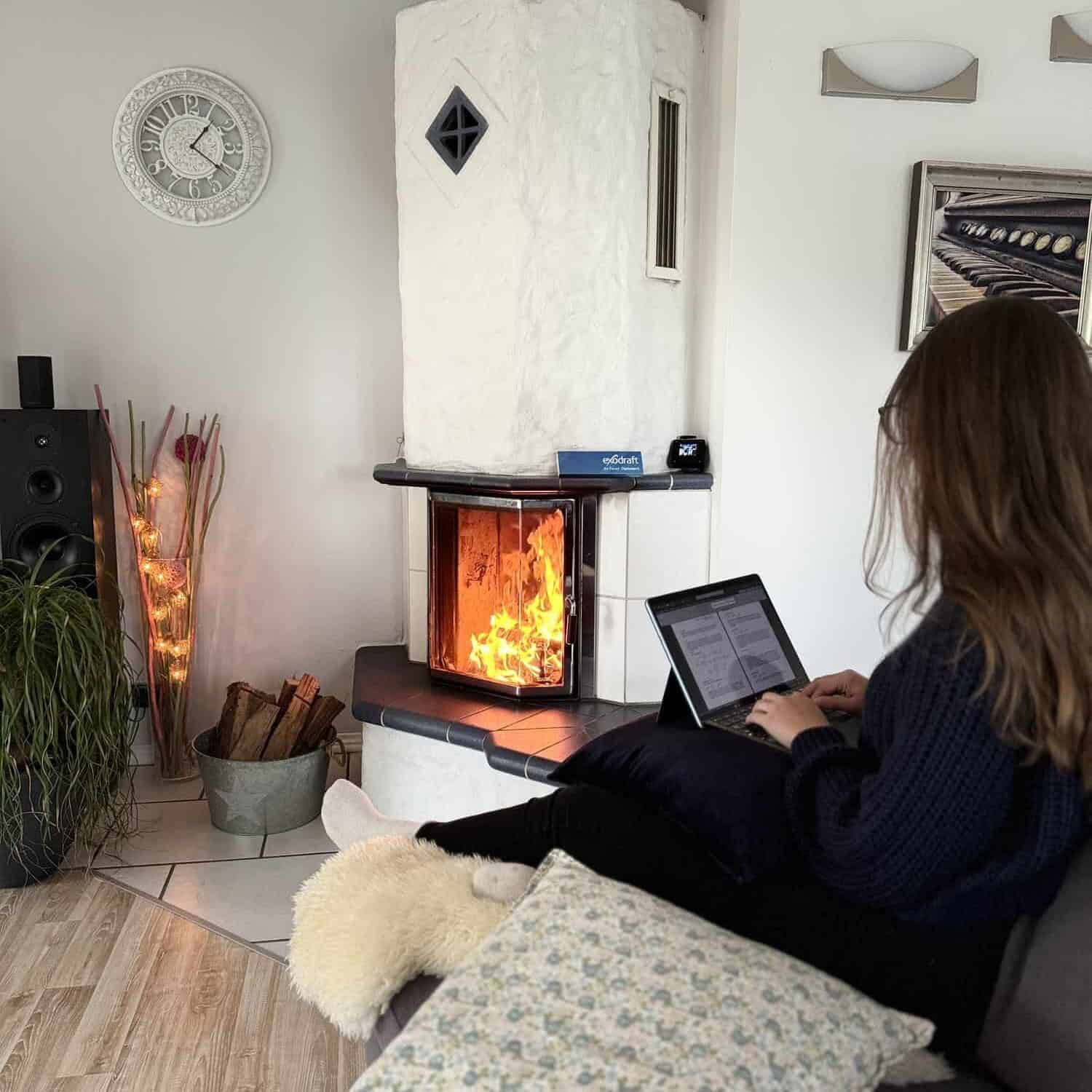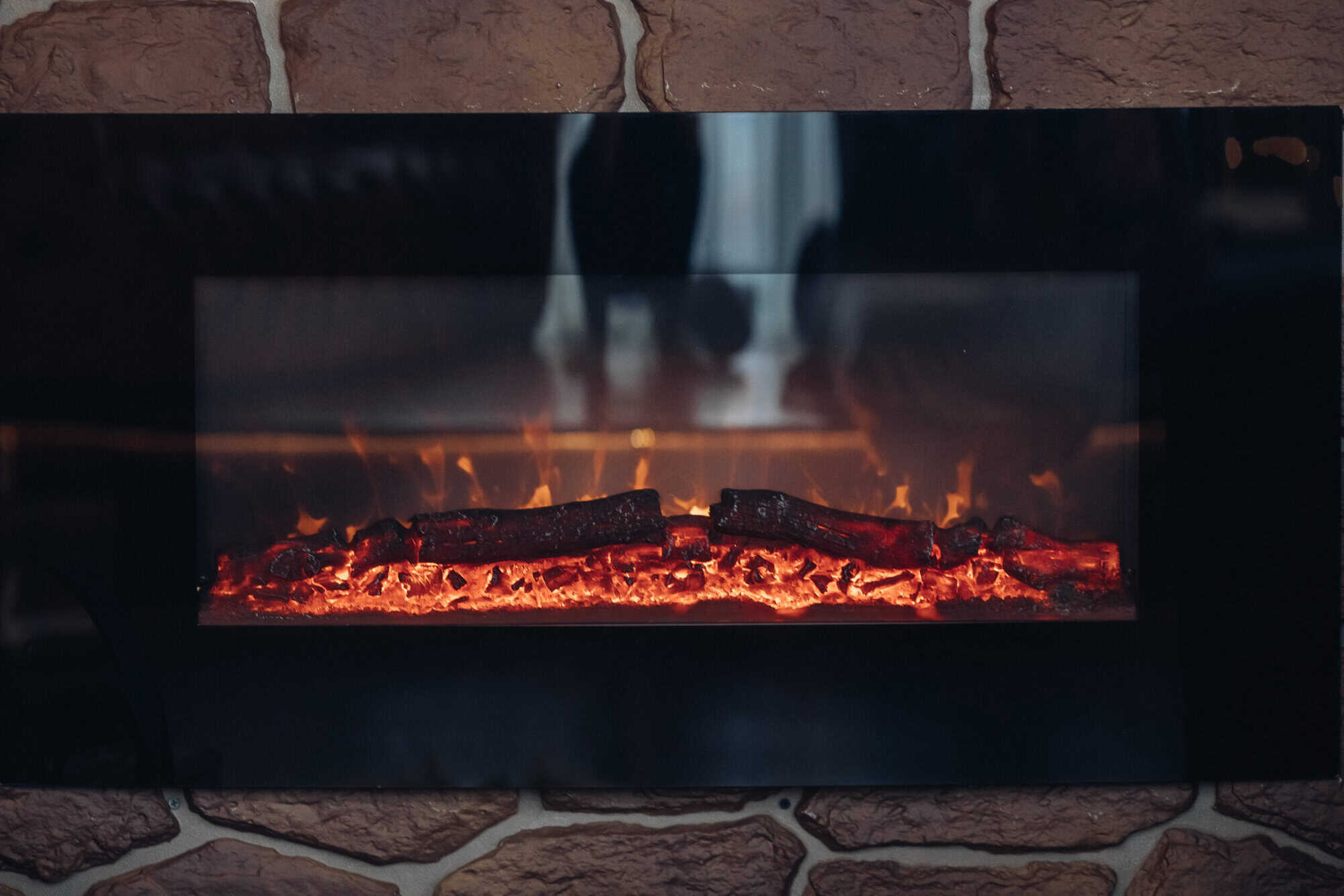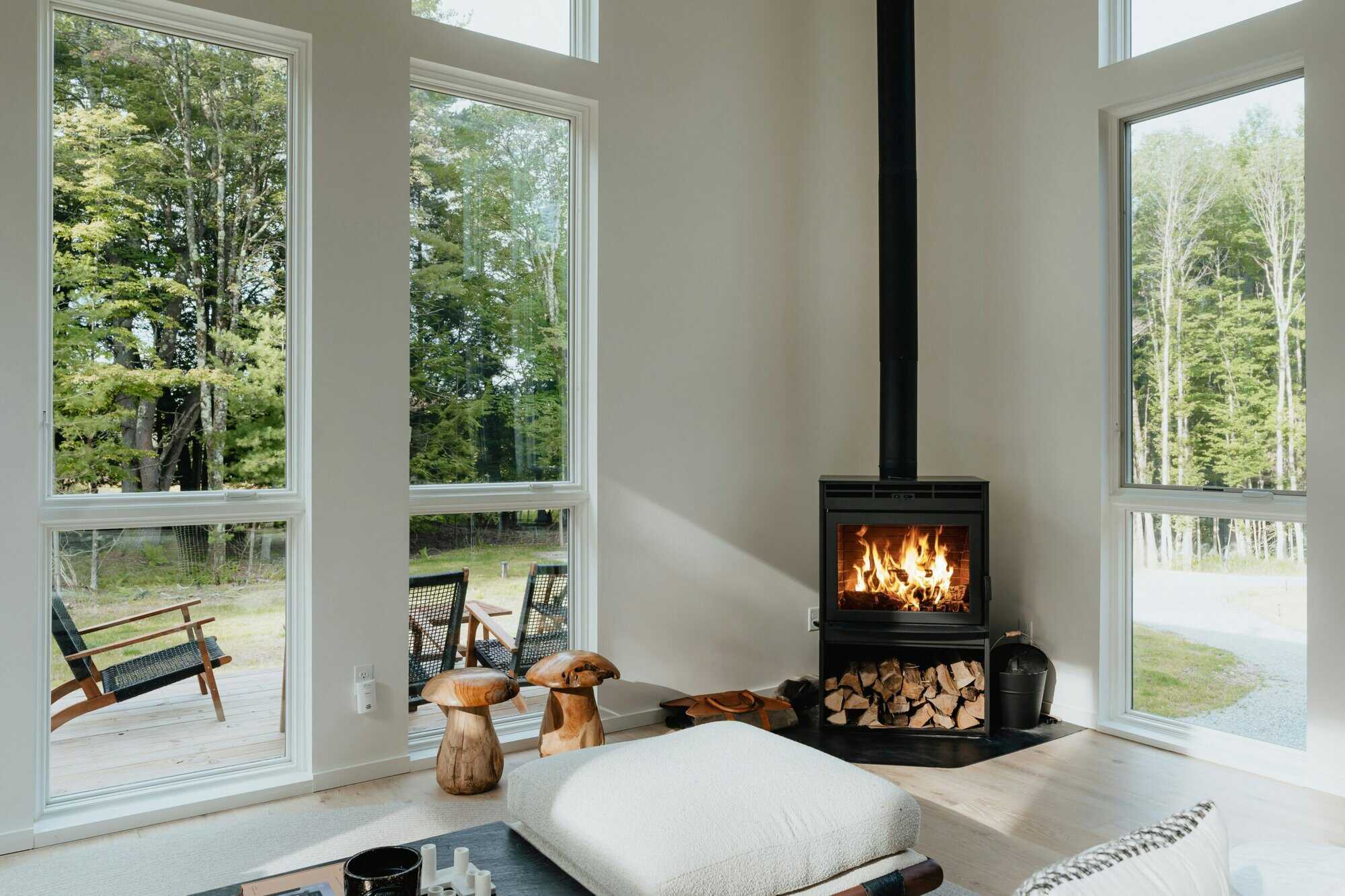Article
26. juni 2025 · 7 min
How to Heat Multiple Rooms with a Wood Stove?
Want to heat more than one room with your wood stove? Discover the best solutions for heat distribution, including fans, transfer systems, and chimney draught control.
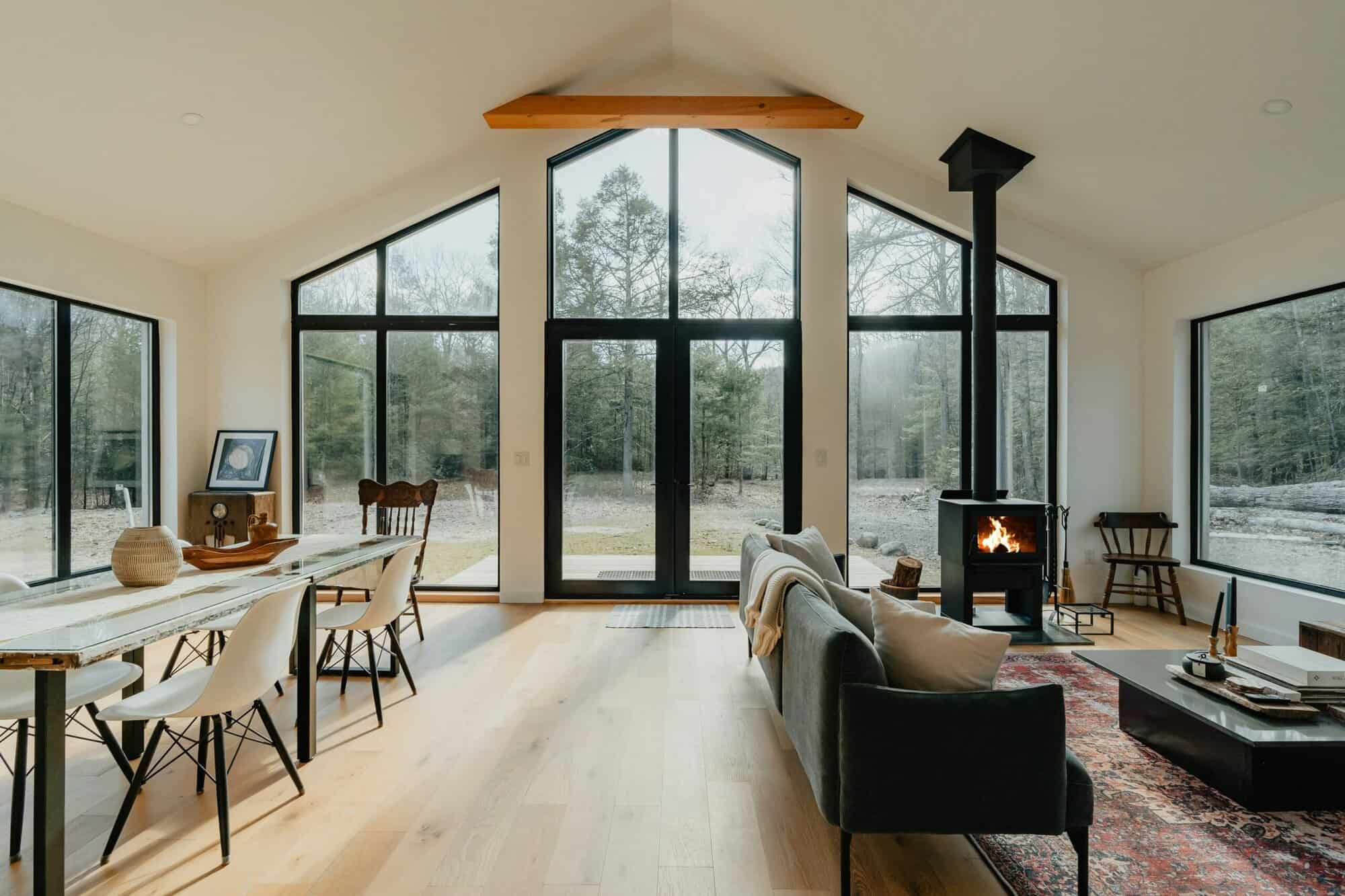
A wood stove is an efficient and cosy heating solution, but one common challenge is distributing the heat evenly throughout your home. Unlike central heating systems, a wood stove primarily heats the room it is installed in, leaving other areas colder unless steps are taken to improve heat distribution.
The key to effectively heating multiple rooms lies in optimising heat flow and air circulation. Without proper solutions, warm air tends to stay in the same space, leading to temperature imbalances. However, with the right techniques — such as heat transfer systems, ventilation solutions, and a chimney fan — it is possible to spread warmth efficiently and maintain a comfortable indoor climate throughout your home.
In the following sections, we will explore why heat distribution can be a challenge and the best solutions for ensuring a more even temperature across multiple rooms.
The Challenges of Distributing Heat from a Wood Stove
While a wood stove generates significant warmth, distributing that heat to multiple rooms can be challenging due to several factors.
One primary issue is that heat naturally rises and stays concentrated near the stove, meaning that rooms further away may remain cold. Additionally, if a home lacks proper air circulation, warm air tends to stay trapped in one area, preventing an even temperature distribution.
Another challenge is poor chimney draught, which affects the stove’s efficiency. If the draught is too weak, the stove may not generate enough heat to warm larger areas. Similarly, if the draught is too strong, heat may escape too quickly up the chimney before effectively heating the room.
Finally, home layout plays a crucial role. Open-plan spaces allow heat to spread more easily, while houses with multiple rooms, hallways, and closed doors can make heat distribution more difficult. Without assistance from ventilation solutions, warm air can become stagnant, leaving distant rooms cold and uncomfortable.
To overcome these obstacles, various methods can be used to move warm air effectively and ensure an even temperature. In the next section, we will explore some of the most efficient techniques for improving heat distribution.
Effective Ways to Spread Heat Throughout Your Home
To ensure your wood stove heats multiple rooms efficiently, you need the right combination of airflow solutions and technical enhancements. Below are some of the most effective methods for distributing heat evenly:
Heat Transfer Systems
A heat transfer system uses ducts and fans to move warm air from the wood stove room to other areas of the house. These systems are particularly effective in multi-room homes, as they actively push heated air into colder spaces, ensuring a more consistent temperature throughout the home.
Natural Air Circulation and Door Positioning
Maximising natural airflow can significantly improve heat distribution. Keeping doors open between rooms allows warm air to spread more freely. Additionally, placing floor or ceiling vents between rooms can help channel heat into adjoining spaces.
Using Ceiling or Floor Fans
Fans can be strategically placed to help circulate warm air. Ceiling fans set to winter mode (reverse spin) push rising warm air back down, making the space feel warmer. Alternatively, floor fans placed near doorways can help pull warm air into colder rooms.
Installing an Exodraft Chimney Fan
One of the most effective ways to improve heat distribution is by optimising chimney draught. An Exodraft chimney fan ensures a steady and controlled airflow, preventing excess heat loss through the chimney while improving overall stove efficiency. By stabilising the combustion process, a chimney fan helps generate more consistent and usable heat, making it easier to warm multiple rooms.
By combining these techniques, you can maximise the efficiency of your wood stove and achieve a more balanced indoor climate. In the next section, we’ll take a closer look at how a chimney fan plays a crucial role in optimising heat flow.
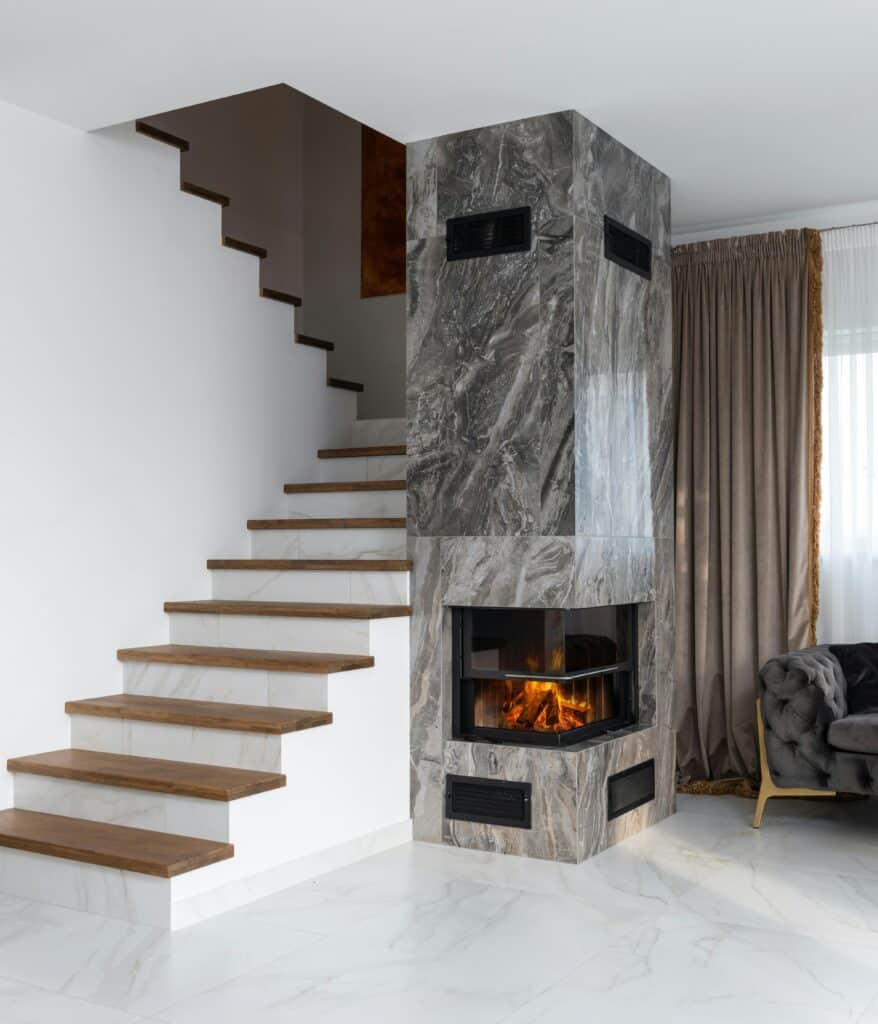
The Role of a Chimney Fan in Optimising Heat Flow
One of the most effective ways to enhance heat distribution in a home with a wood stove is by optimising chimney draught. A well-functioning chimney is essential for maintaining an efficient combustion process, and an Exodraft chimney fan ensures consistent airflow and heat retention.
How a Chimney Fan Improves Heat Distribution
A common issue with wood stoves is that too much heat escapes through the chimney, reducing the amount of warmth available to heat multiple rooms. An Exodraft chimney fan controls the updraught, preventing excessive heat loss while ensuring an efficient and stable burn.
Additionally, a chimney fan:
- Creates a controlled and even burn, preventing overheating in one room while allowing for better heat spread.
- Improves air circulation, helping warm air move more freely into other spaces.
- Optimises fuel efficiency, meaning your stove produces more usable heat with less wood consumption.
Combining a Chimney Fan with Other Heat Distribution Methods
To maximise the effect, a chimney fan should be used alongside other solutions such as heat transfer systems, ventilation, and ceiling fans. This combination ensures better airflow control, allowing warm air to move naturally or mechanically into adjacent rooms.
By integrating an Exodraft chimney fan into your heating system, you not only increase comfort but also reduce energy waste and improve overall heating efficiency.
In the final section, we will sum up the best practices for achieving a comfortable and well-heated home with a wood stove.
A Comfortable and Efficient Heating Solution
A wood stove is an excellent heat source, but without the right solutions, warmth often remains concentrated in one room. To effectively heat multiple rooms, a combination of heat transfer methods and airflow optimisation is essential.
Key strategies include heat transfer systems, natural air circulation, and ceiling or floor fans, all of which help distribute warm air more evenly. However, one of the most effective solutions is controlling chimney draught with an Exodraft chimney fan. By stabilising airflow, preventing heat loss, and optimising combustion, a chimney fan ensures that more heat stays in your home, making it easier to warm multiple rooms efficiently.
For those looking to maximise the performance of their wood stove, investing in proper ventilation and draught management will not only improve heat distribution but also enhance fuel efficiency and indoor comfort. By implementing these solutions, you can enjoy a warmer, more balanced home environment while making the most of your wood stove’s heating potential.

exodraft

